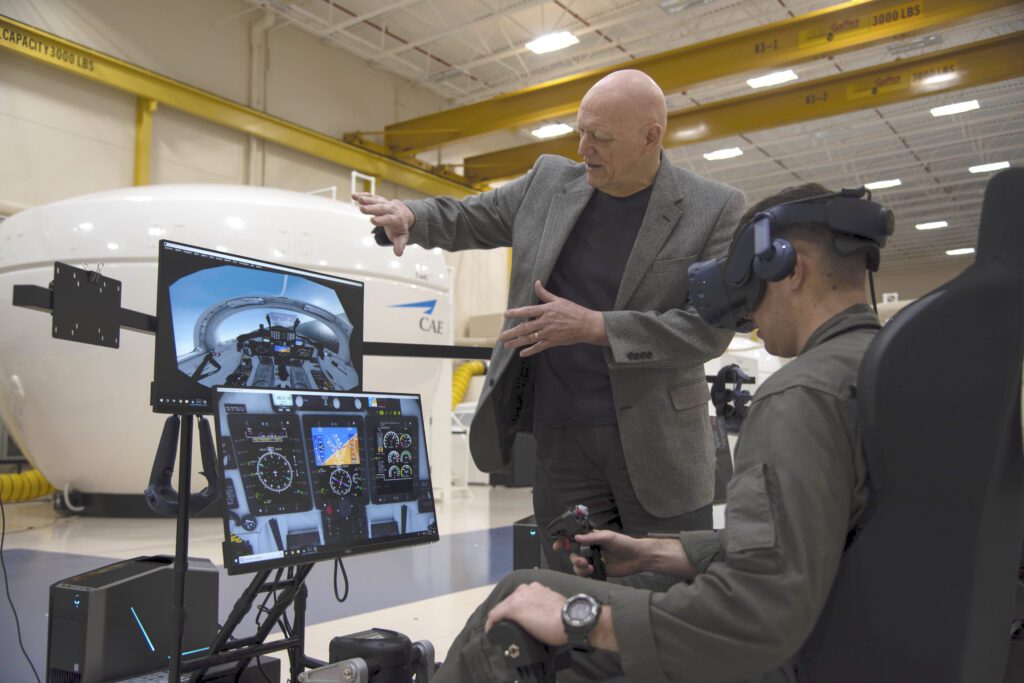In the world of military simulations, the ability to think like a general and strategically plan and implement tactics is crucial. These simulations provide a realistic platform for military training, allowing commanders and soldiers to test their decision-making skills in a simulated battlefield. By harnessing strategy and tactics in these simulations, participants can gain valuable experience and knowledge that can be applied in real-life military operations. Military simulations offer several benefits, including strategic thinking, teamwork and coordination, and risk-free learning. To succeed in military simulations, participants must understand and effectively utilize both strategy and tactics. Strategy involves making key decisions that shape the entire course of the simulation, while tactics are the specific actions taken to execute the overall strategy. By analyzing and assessing the scenario, setting clear objectives, developing a comprehensive strategy, implementing tactical actions, and communicating and coordinating effectively, participants can apply strategy and tactics effectively in military simulations. Overall, military simulations provide an invaluable training ground for individuals to develop their strategy and tactics, preparing them for real-life military operations.
Think Like a General: Harnessing Strategy and Tactics in Military Simulations
Introduction
In the world of military simulations, the ability to think like a general and strategically plan and implement tactics is crucial. These simulations provide a realistic platform for military training, allowing commanders and soldiers to test their decision-making skills in a simulated battlefield. By harnessing strategy and tactics in these simulations, participants can gain valuable experience and knowledge that can be applied in real-life military operations.
Understanding Military Simulations
Military simulations are computer-based, tabletop, or live-action games that replicate real-world military operations. These simulations can range from simple scenarios to complex multi-faceted battles involving various units, vehicles, and terrains. They are designed to mimic real-life situations, enabling participants to evaluate and refine their strategies and tactics without the risks associated with actual combat.
Benefits of Military Simulations
Military simulations offer several benefits to participants, including:
1. Strategic Thinking: Simulations require participants to think critically, analyze the situation, and develop effective strategies. This helps commanders and soldiers develop their decision-making abilities, preparing them for the complexities of real-world military operations.
2. Teamwork and Coordination: Simulations often involve teamwork and collaboration between different units or players. Participants learn how to coordinate efforts, communicate effectively, and work together to achieve common goals. This enhances the overall effectiveness of military operations in real-life scenarios.
3. Risk-Free Learning: Unlike real combat, military simulations provide a safe environment for commanders and soldiers to experiment with different strategies and tactics. By making mistakes and experiencing the consequences in the simulation, participants can learn important lessons without putting lives or resources at risk.
Strategy and Tactics in Military Simulations
To succeed in military simulations, participants must understand and effectively utilize both strategy and tactics. While these two concepts are often interrelated, they have distinct roles in the simulation environment.
Strategy
Strategy refers to the overall plan devised to achieve a specific goal or objective. It involves making key decisions that shape the entire course of the simulation. Strategic thinking requires participants to consider various factors such as the terrain, available resources, enemy strengths, and weaknesses.
In military simulations, developing a sound strategy involves analyzing the situation, setting clear objectives, and identifying the most effective course of action to achieve those objectives. Commanders must consider factors such as troop deployments, resource allocation, and logistical support to create a comprehensive strategy that maximizes the chances of success.
Tactics
Tactics, on the other hand, are the specific actions taken to execute the overall strategy. They involve the use of military units, equipment, and technology to achieve short-term goals within the larger strategic framework.
Tactical decisions in military simulations include troop movements, selecting targets, engaging the enemy, defensive positioning, and utilizing available resources. Successful tactics involve exploiting weaknesses in the enemy’s defense, coordinating attacks, and adapting to changing circumstances on the battlefield.
Applying Strategy and Tactics Effectively
To harness strategy and tactics effectively in military simulations, participants should consider the following guidelines:
1. Analyze and Assess: Thoroughly analyze the simulation scenario, including the terrain, objectives, enemy forces, and available resources. Spend time understanding the strengths and weaknesses of your own units as well as those of the enemy.
2. Set Clear Objectives: Clearly define the goals you want to achieve in the simulation. Your objectives should be specific, measurable, achievable, realistic, and time-bound (SMART). Establishing clear objectives helps to focus your strategy and tactics towards a desired outcome.
3. Develop a Comprehensive Strategy: Once the objectives are set, devise a strategy that maximizes your chances of success. Consider various factors such as troop movements, resource allocation, communication, and logistics. Ensure your strategy aligns with the specific objectives you have set.
4. Implement Tactical Actions: Execute your strategy by employing sound tactics. Utilize your units effectively, coordinate movements and attacks, and adapt to changing circumstances. Constantly evaluate and adjust tactics as the simulation progresses.
5. Communicate and Coordinate: Effective communication and coordination are vital in military simulations. Establish clear lines of communication, ensure everyone understands their roles and responsibilities, and work together as a team. Strong coordination enhances the effectiveness of both strategy and tactics.
Conclusion
Military simulations provide an invaluable training ground for commanders and soldiers to develop their strategy and tactics. By understanding the distinct roles of strategy and tactics, participants can harness these concepts effectively in the simulations. The ability to think like a general, devise a comprehensive strategy, and execute tactics with precision will not only lead to success in the simulated battles but also prepare individuals for real-life military operations. From teamwork to risk-free learning, military simulations equip participants with the necessary skills and mindset to face the challenges of the modern battlefield.
